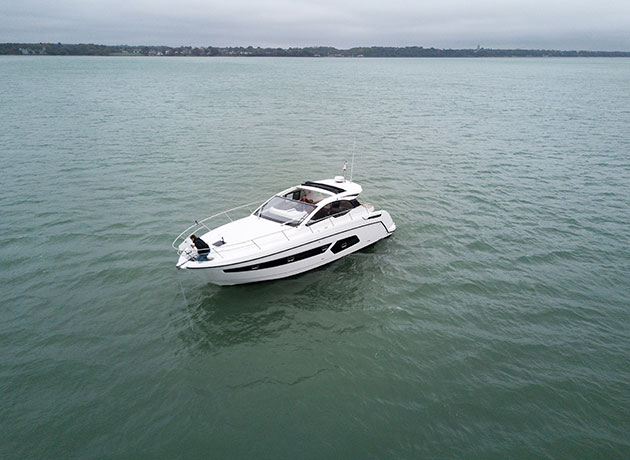We explain how to safely come alongside if you have lost an engine
Last month we tackled how to turn a twin-engined boat if you lose one of the engines, this month we’re looking at how to berth it safely, too.
A nice large space is always welcome, however, if the only available ones are smaller or you want to try to get it back on your home berth then it’s advisable to run through this before you need to do it for real.
Generally it’s easier to berth on the opposite side to the working engine, so if your starboard engine is working, aim to berth port side to.
As usual the elements also play a major part and the wind blowing you onto the berth might seem like the easiest option. However, with only one engine working, your steerage options are limited. If you don’t get it right first time your chances of getting away again for a second attempt are dramatically reduced. That’s why I prefer to aim for a berth where the wind is blowing the boat off the berth as it gives you more control over your approach speed.

VIDEO: How To – Berth in windy conditions
Berthing in the wind can be a nerve-wracking proposition but our latest How To video shows you the best techniques

Video: How To – Berth single-handed
Leaving or arriving at at a berth is one of the biggest boating challenges. In this video we show you
Last month I explained why using the rudders to turn the boat in the opposite direction to the way in which the one working engine wants to push it gives you the best chance of completing the turn. Now that same skill will allow you to position the boat with much greater control than just allowing the wind to berth the boat.
Having worked out which berth you are going to attempt, the first step is to get the boat nicely balanced against the elements, with the working engine furthest from the pontoon. This will allow you to make a controlled approach, although you may find you need to keep the speed and momentum slightly higher than on your normal berthing routine in order to maintain steerage. If you are choosing a blown-off berth this slightly higher speed is offset by using a steeper angle of approach.
This means that if you do misjudge your speed slightly, a burst of power astern will not only slow the boat but, being the engine furthest away from the pontoon, will straighten it up too. The technique in our video works well with twin shafts, outdrives and even IPS drives, which actually steer remarkably well with only one engine, but you have to use greater anticipation and a lot of helm.
Having a bow thruster and even a stern thruster as well will make it easier, but don’t rely on them; practise using just the engine and helm as you will learn a lot about how well balanced – or not, your craft is by using the elements and controls to best effect. With a bit of practice you should even be able to do it single-handed.























